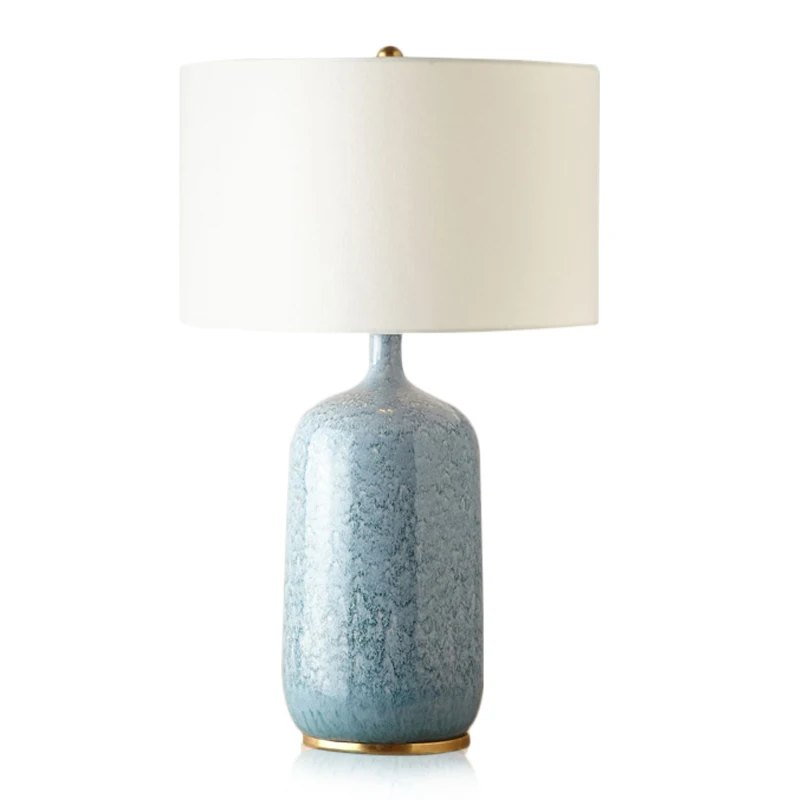
LEAFLETS
PRODUCTS
Illuminating Your Space The Graceful Elegance of Floor Lamps A Guide to Choosing the Perfect Ambient Lighting for Your Home Decor
Understanding the Importance of Ambient Lighting
Ambient lighting, often referred to as general lighting, sets the overall mood and tone of a room. Unlike task lighting (for reading or working) or accent lighting (to highlight specific features), ambient lighting focuses on creating a comfortable and inviting atmosphere. A well-designed ambient lighting scheme uses soft, diffused light to prevent harsh shadows and create a sense of spaciousness. Floor lamps are particularly well-suited for this purpose, offering a flexible and stylish way to enhance the general illumination of a room.
Poorly chosen or insufficient ambient lighting can create a cold, unwelcoming space. Conversely, thoughtfully selected floor lamps can dramatically improve the feeling of a room, making it appear larger, more inviting, and more aesthetically pleasing. Consider the difference between a room lit solely by harsh overhead lights versus one where soft light from strategically placed floor lamps creates a warm and comforting glow. The latter immediately feels more welcoming and luxurious.
Choosing the Right Style for Your Décor
Floor lamps come in a dizzying array of styles, from the sleek and minimalist to the ornate and traditional. Choosing the right style is crucial to ensuring the lamp complements your existing décor, rather than clashing with it. Consider the overall style of your room: Is it modern, traditional, rustic, eclectic, or something else entirely? Your floor lamp should reflect and enhance this existing style.
Modern interiors often benefit from minimalist floor lamps with clean lines and simple shapes, perhaps in metallic finishes like chrome or brushed nickel. Traditional settings might call for more ornate lamps with intricate detailing, perhaps featuring wood or wrought iron. Rustic spaces might be perfectly complemented by a floor lamp with a natural wood base and a linen shade. Eclectic styles provide more latitude, allowing for a mix-and-match approach where the lamp can serve as a statement piece, contrasting or complementing other elements in the room.
Considering the Lamp's Height and Base
The height of your floor lamp is a critical consideration. A lamp that's too short can be swallowed up by the furniture, losing its impact. A lamp that's too tall can overwhelm the room or create an unbalanced aesthetic. Measure the height of your furniture and the ceiling height to determine the appropriate size for your floor lamp. Generally, the lamp should be tall enough to cast light effectively but not so tall that it dominates the space.
The base of the floor lamp is equally important. It should be sturdy and stable, capable of supporting the lamp's weight and resisting tipping. The base's design also plays a role in the lamp's overall aesthetic. Some lamps feature minimalist bases, while others boast more elaborate and decorative designs. Consider the base's size and material in relation to the overall style of the lamp and your room's décor.
The Importance of the Lampshade
The lampshade is more than just a functional component; it plays a significant role in shaping the light's diffusion and overall aesthetic appeal. Different shade materials and shapes produce different lighting effects. For instance, a fabric shade will diffuse light more softly, creating a warm and inviting ambiance, while a glass or metal shade will cast a brighter, more direct light.
The shape of the shade also matters. Drum shades provide even light distribution, while empire shades direct light upwards, creating a more dramatic effect. Consider the size and shape of the shade in relation to the lamp's base and the overall style of the room. A too-small shade can appear disproportionate, while a too-large shade can overwhelm the lamp's base.
Lighting Placement and Functionality
Where you place your floor lamp is crucial to maximizing its impact. Position it strategically to illuminate a particular area of the room, such as a reading nook or a conversation area. Avoid placing it directly in front of a window, as this can reduce its effectiveness. Consider the direction the light is emitted; some lamps offer adjustable arms or swivel heads, allowing you to direct the light where it's needed most.
Beyond its aesthetic appeal, a floor lamp should also be functional. Ensure it has sufficient wattage for the space and offers the type of light you need. Consider features such as dimmer switches for adjustable brightness, multiple light sources for broader illumination, or built-in USB ports for charging electronic devices. These added functionalities can make your floor lamp even more valuable and versatile.
Final Considerations: Budget and Maintenance
Finally, set a budget before you start shopping to avoid impulse purchases. Floor lamps range in price from budget-friendly options to high-end designer pieces. Determine how much you're willing to spend and stick to your budget. Also, consider the lamp's maintenance requirements. Some materials require more cleaning and care than others. Choose a lamp that's easy to clean and maintain to ensure it remains looking its best for years to come.
Choosing the perfect floor lamp involves a blend of aesthetic considerations and practical functionalities. By carefully considering the style, height, base, lampshade, placement, and maintenance requirements, you can select a floor lamp that will not only illuminate your space but also enhance its overall beauty and comfort, creating a truly welcoming and inviting home environment.
SUBSCRIBE
INQUIRY










